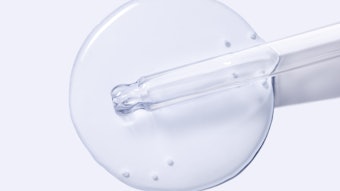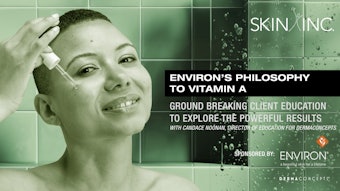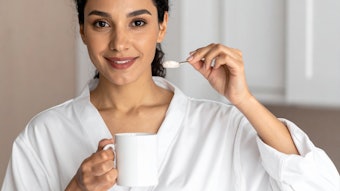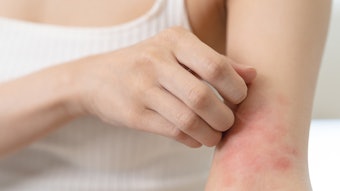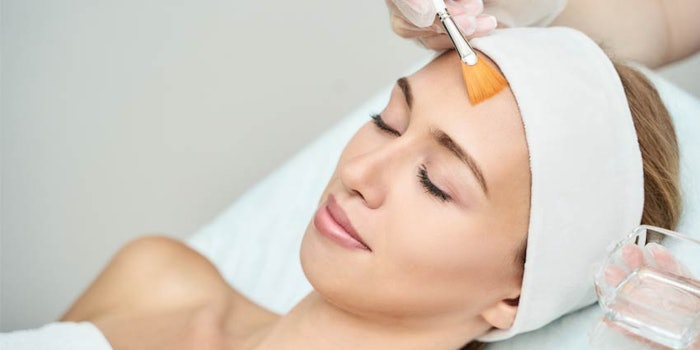
Alpha-hydroxy acids (AHAs) and retinol are both powerful skin care ingredients on their own. Retinol’s effects are deeper in the skin, while AHAs work on the top layer of the skin. Combining the two seems like the perfect formula for in-depth skin protection. Healthline discussed the potential benefits of combining AHAs and retinol in skin care and any possible irritable side effects.
Related: Rebuilding Sensitive Skin
When adding any new product to skin care routines, it is always recommended to start slowly and gradually increase use. First-time users of AHAs or retinol are recommended to only use the ingredients once or twice a week, according to Healthline.
Avoid using both ingredients at the same time, as this can easily lead to irritation. Instead, if skin can handle both ingredients on the same day, the two ingredients can be alternated between morning and nighttime use.
According to dermatologist Hadley King, M.D., AHAs can act as chemical exfoliants, encouraging the skin to shed dead cells on the surface, leaving smooth, healthy skin underneath. Some common AHAs include glycolic, lactic, citric and malic acids.
Retinol is a vitamin A derivative that promotes skin cell turnover, boosts collagen production and can be used to treat acne.
King suggests the combination of the two ingredients is tolerable unless dealing with particularly sensitive skin. A study from 2015 suggests it can be an effective exfoliant for hyperpigmentation caused by acne.
However, skin care experts generally advise not using the two ingredients at the exact same time, since it can lead to dryness and irritation, according to the article.
BHAs, such as salicylic acid, can similarly act as a chemical exfoliant. It has anti-inflammatory and skin-calming properties, meaning it is tolerable for sensitive skin.,
According to a 2009 study, combining an AHA and BHA could lead to fuller-looking skin. Since both are exfoliants, it is recommended to avoid layering them directly on top of each other.
If adding retinol into the mix, it is recommended to leave enough time between applications for the skin to cope—at least a day, according to the article. It’s also suggested to avoid using powerful strengths.
An alternative to AHAs could be polyhydroxy acids (PHAs), like gluconolactone, according to King. PHAs may be a better choice because of their larger molecule size, meaning PHAs don’t penetrate as deep and are less likely to be irritating or drying.
Any side effects from using the ingredients should be evident quickly. It can include redness, flaking and peeling, itchiness and increased sun sensitivity. If any side effects occur, it is recommended to stop use and contact a dermatologist.
Never use retinol while pregnant or nursing.



